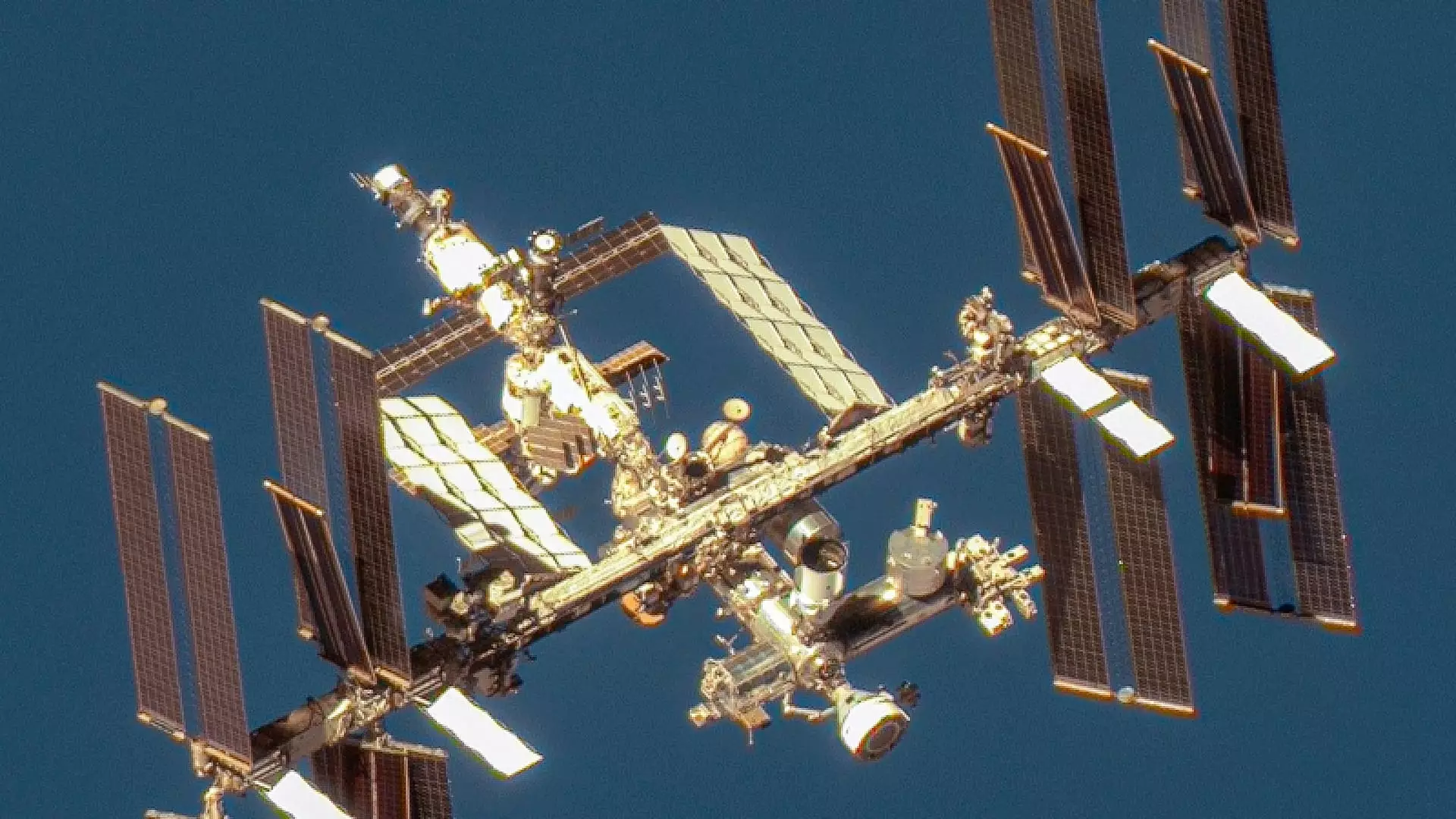Boeing’s Starliner capsule, named “Calypso,” is set to stay at the International Space Station for twice as long as originally planned according to NASA. The mission, known as Boeing’s crew flight test, is currently underway as the company and NASA conduct various tests on Starliner while it is docked with the ISS. Initially scheduled to be in space for nine days, Calypso’s mission has been extended with a new expected return date of June 22, making the total mission duration at least 17 days.
During the extended stay, Boeing and NASA will be performing a series of tests on the Starliner capsule. Some of the tests include operating the capsule’s hatch, firing seven of its thrusters, checking the cabin air temperature, and finalizing departure planning and operations. Additionally, NASA mentioned that there would be some ‘safe haven’ testing, but did not provide further details on the necessity of this testing.
Despite the mission extension, Boeing’s Starliner has faced several problems during the current mission. Prior to launch, a single leak in the helium propulsion system was identified but was deemed stable and not a safety threat. However, since docking with the ISS, four additional helium leaks have been detected. NASA stated that the spacecraft still has ample margin to support the return trip based on the current rate of leaks.
Another issue that arose during the mission was related to the spacecraft’s propulsion system. Five of the 28 thrusters were not operating as expected, but after troubleshooting, Boeing was able to recover four of the malfunctioning jets allowing the spacecraft to dock with the ISS. NASA announced plans to conduct hot fire testing before undocking, with seven of the eight thrusters near the spacecraft’s tail set to undergo evaluation.
The crew flight test of Boeing’s Starliner represents a critical step before NASA certifies the company to conduct operational six-month missions with crew on board. This certification process is essential for Boeing to become an operational partner for NASA’s space missions in the future.
Boeing’s Starliner was previously seen as a direct competitor to SpaceX’s Dragon capsule, which has successfully conducted 12 crewed trips to the ISS over the past four years. However, due to various setbacks and delays faced by Starliner, the spacecraft has been pushed into a backup position for NASA. The agency now plans to have SpaceX and Boeing alternate flights for transporting astronauts to the ISS in the future.
The extended stay of Boeing’s Starliner capsule “Calypso” at the International Space Station provides valuable opportunities for testing and further spacecraft evaluation. Despite encountering challenges during the mission, both Boeing and NASA are working together to address and overcome these issues, paving the way for future crewed space missions. The importance of thorough testing and certification processes in space exploration cannot be understated, and the successful completion of the crew flight test will be a significant milestone for Boeing’s participation in NASA’s space programs.

